Disclosure: This article contains affiliate links. We may earn a commission from purchases at no extra cost to you, which helps our travel content.
Standing on a narrow cobblestone street in Balat, I watch as morning light filters through laundry lines strung between vibrant Ottoman houses. The call to prayer echoes across Istanbul's seven hills, a technological innovation of its time that still connects communities today. This ancient city—where empires collided and continents converge—reveals itself differently to those willing to venture beyond the postcard panoramas. After exploring innovation hubs across five continents, I've returned to uncover Istanbul's fascinating duality: a place where cutting-edge urban technology and Byzantine engineering marvels coexist in magnificent tension.
Fener & Balat: The Technicolor Canvas of Hidden Istanbul
Wandering through Fener and Balat feels like stepping into an Instagram filter that somehow existed centuries before social media. These twin neighborhoods—once home to Greek Orthodox and Jewish communities—now represent Istanbul's most compelling urban revitalization story. While tourists crowd Sultanahmet, I spent three mornings exploring these winding streets where gentrification hasn't yet erased authenticity.
At Balat's Kiremit Caddesi, I discovered a row of rainbow-hued houses that would make San Francisco's Painted Ladies blush. Local entrepreneurs have transformed crumbling Ottoman-era buildings into third-wave coffee shops and design studios without sacrificing the area's soul. For the best perspective, I launched my compact drone from a quiet courtyard (after securing proper permissions) to capture the neighborhood's patchwork of terracotta rooftops against the Golden Horn's silvery waters.
The real discovery came when Ahmet, a local architect, invited me into his workshop where he creates 3D-printed models of endangered Ottoman structures. 'We're using technology to preserve what might otherwise be lost to development,' he explained while showing me intricate renderings on his tablet. This fusion of historical preservation and digital innovation exemplifies the neighborhood's quiet renaissance.

💡 Pro Tips
- Visit on weekday mornings to avoid the small but growing weekend crowds
- Stop at Balat Merkez Kütüphanesi (library) to see how locals are digitizing neighborhood history
- Use the Google Pixel Buds Pro for real-time translation when chatting with shopkeepers
The Basilica Cistern: Byzantine Engineering Beneath Your Feet
While thousands queue for Hagia Sophia daily, I slipped underground to explore one of history's most remarkable infrastructure projects. The Basilica Cistern—known locally as Yerebatan Sarnıcı—represents Byzantine engineering at its finest. Following recent renovations, this subterranean wonder offers a completely reimagined visitor experience that few travelers have yet discovered.
Descending the stone staircase into the cistern's cool depths, I was immediately struck by how the Byzantines solved urban water management challenges 1,500 years ago. The strategic lighting now highlights the mathematical precision of 336 columns supporting the massive ceiling. For optimal visibility in these dark conditions, my high-powered headlamp proved invaluable for examining architectural details that overhead lighting doesn't reach.
The cistern's new glass walkways allow visitors to peer directly into the water below, where specialized underwater drones now monitor structural integrity—ancient infrastructure maintained through modern technology. I spent nearly two hours photographing the famous Medusa head columns from angles most visitors miss, using my travel tripod to capture the perfect long exposure shots that reveal the subtle reflection patterns in the still water.
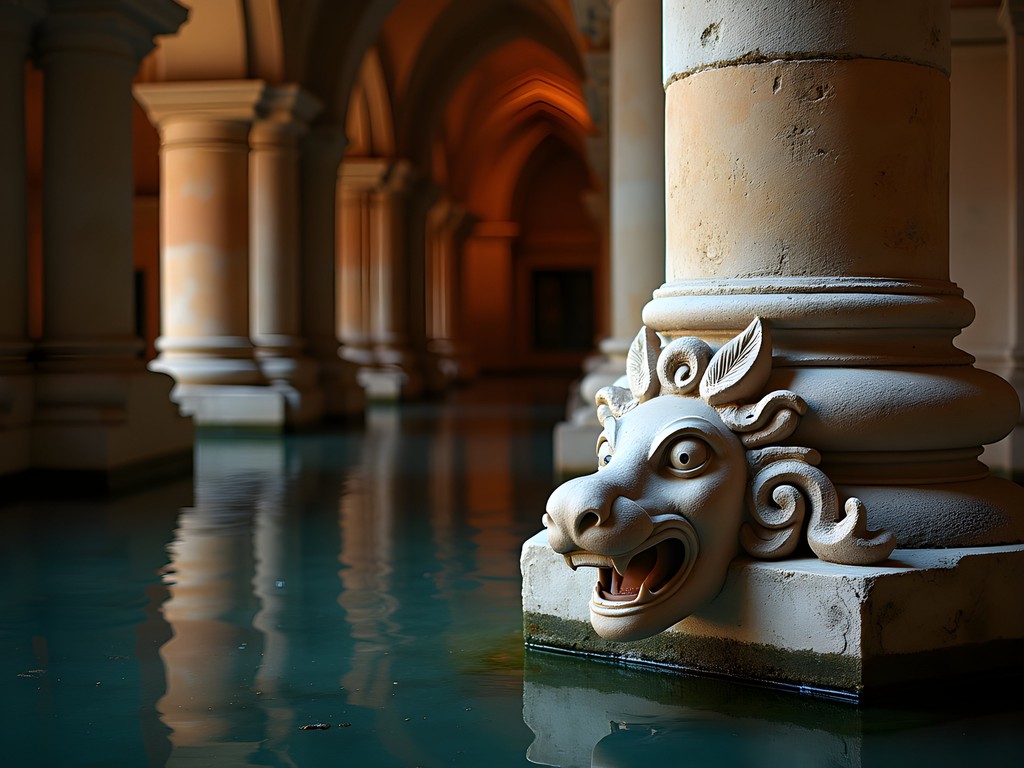
💡 Pro Tips
- Visit after 4pm when tour groups have departed
- Bring a small microfiber towel to wipe condensation from camera lenses in the humid environment
- Download the new cistern AR app before visiting to see visualizations of how water flowed through Byzantine Constantinople
Karaköy: Istanbul's Emerging Tech District
Five years ago, Karaköy was primarily known for hardware stores and fish restaurants. Today, it's Istanbul's answer to San Francisco's SoMa district—a neighborhood where Ottoman-era warehouses have been transformed into co-working spaces and tech incubators. After my accident limited my hiking abilities, I developed a deeper appreciation for urban innovation, and Karaköy delivers this in abundance.
At SALT Galata, a former 19th-century bank building now houses one of Turkey's most forward-thinking cultural institutions. The research library on the third floor has become an unofficial meeting ground for Istanbul's digital nomads. I spent a productive morning writing here, using my noise-canceling earbuds to maintain focus while absorbing the creative energy of local developers and designers.
Nearby, Müze Gazhane represents Istanbul's most ambitious adaptive reuse project—a former gasworks transformed into a museum of climate innovation. The interactive exhibits showcase how Istanbul is addressing urban sustainability challenges through smart city initiatives. What impressed me most was the rooftop urban farming project, where hydroponic systems controlled by IoT sensors are producing food for local restaurants while reducing the urban heat island effect.
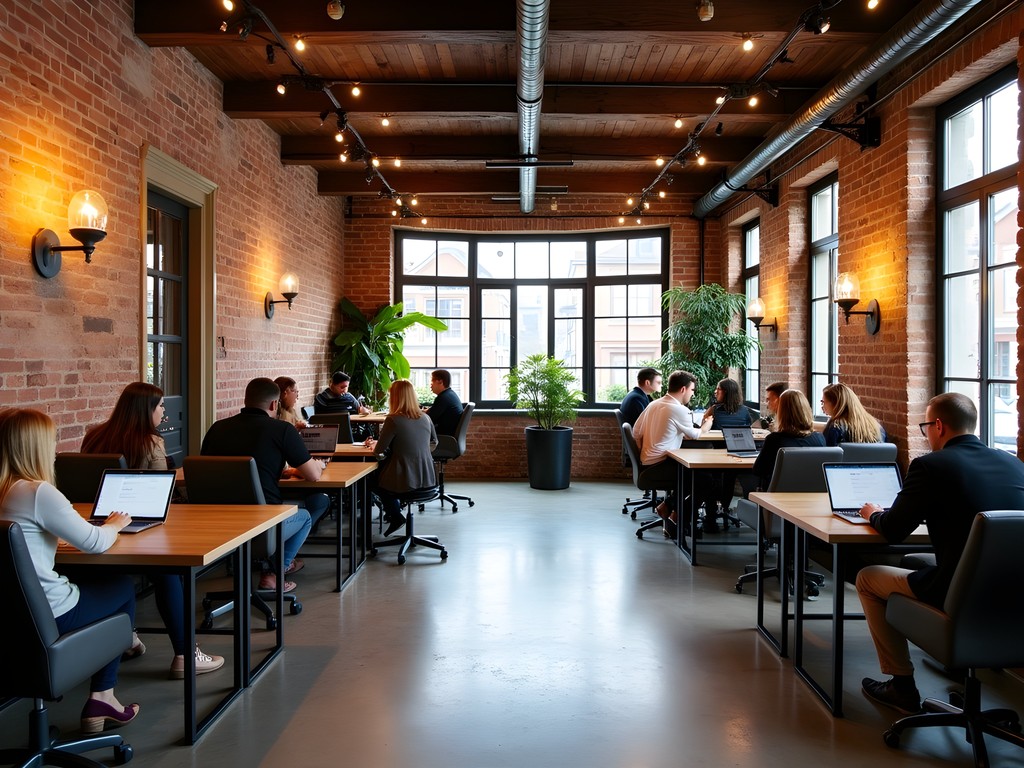
💡 Pro Tips
- The power adapter with multiple USB ports is essential for working from Karaköy's tech-friendly cafés
- Visit Impact Hub Istanbul on Wednesdays for their open networking events where you can meet local tech entrepreneurs
- Use the BiTaksi app rather than hailing cabs—it employs smart routing to avoid Istanbul's notorious traffic
Aerial Istanbul: Drone Photography Perspectives
After my hiking accident five years ago, drone photography became my way of experiencing landscapes from new angles. While Istanbul has restrictions on drone flights near major monuments (always check local regulations), there are several designated areas where aerial photography is permitted with proper authorization.
I secured permission to fly at Yavuz Sultan Selim Bridge at sunrise, capturing the convergence of Europe and Asia from 120 meters above the Bosphorus. The drone landing pad proved essential on the windy bridge approach, providing a stable takeoff and landing surface away from dirt and moisture.
For urban explorers seeking unique perspectives, I recommend Çamlıca Hill on the Asian side. From this elevation, my drone captured the city's technological evolution—ancient domes and minarets juxtaposed against the sleek skyscrapers of the financial district. The drone filters were invaluable for managing Istanbul's variable lighting conditions, especially during the golden hour when the city's landmarks reflect the setting sun.
When flying in urban environments, I always carry spare drone batteries to maximize shooting time. Istanbul's complex topography creates unpredictable wind patterns that can drain power faster than expected.

💡 Pro Tips
- Register your drone with Turkish authorities at least one week before your trip
- Download the official Turkish drone map app to understand no-fly zones
- Early mornings offer the calmest wind conditions for stable footage
Beyoğlu's Secret Passages: Urban Exploration Below Street Level
While most visitors to Beyoğlu stick to İstiklal Avenue's crowded thoroughfare, a network of 19th-century passages (pasaj) offers a fascinating glimpse into Istanbul's commercial history. These hidden arcades once housed European merchants and now represent some of the city's most interesting adaptive reuse spaces.
The Atlas Passage, recently renovated, balances historical preservation with contemporary function. The second floor houses a cinema showing Turkish independent films, while the ground floor features boutiques selling locally designed tech accessories. I discovered a workshop where artisans create hand-tooled leather cases for smartphones and tablets—traditional craftsmanship meeting modern necessity.
Hazzopulo Passage revealed my favorite discovery: a basement-level workshop where an engineer named Kemal creates kinetic sculptures powered by repurposed electronic components. His studio-gallery demonstrates Istanbul's growing maker movement, where traditional artisans collaborate with tech enthusiasts to create entirely new forms of expression.
Navigating these passages can be disorienting, so I relied on my offline navigation app to track my explorations. The app's detailed mapping of pedestrian pathways proved invaluable for discovering connections between passages that aren't visible from street level.
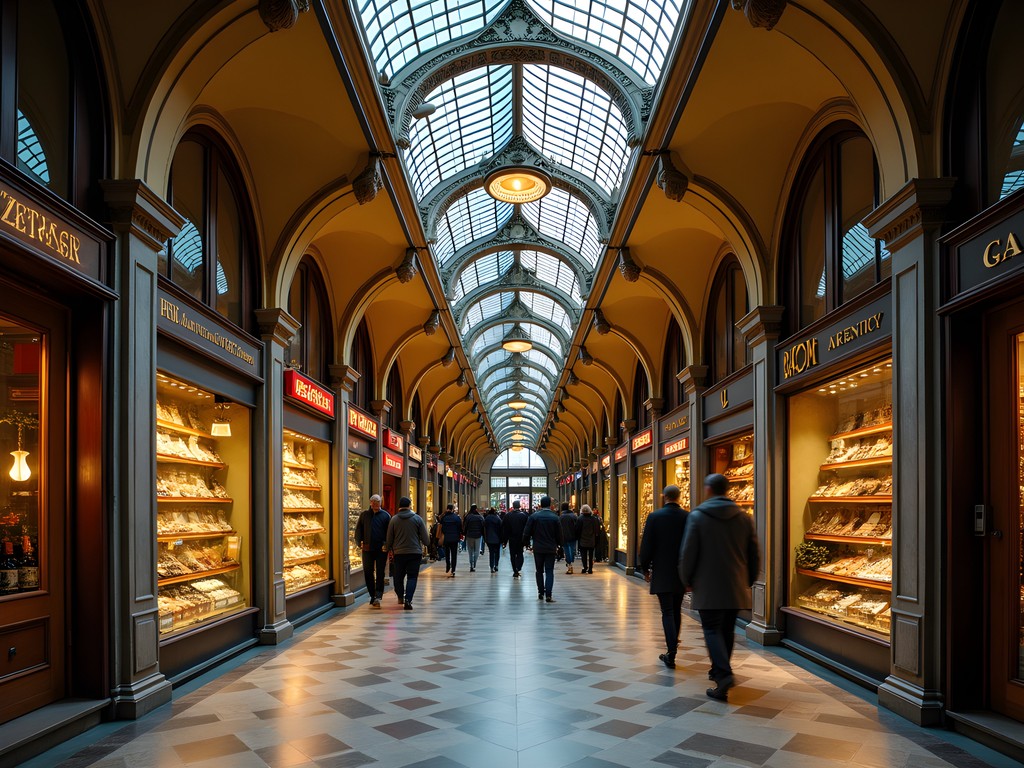
💡 Pro Tips
- Visit Çiçek Passage in late afternoon when light filters through the glass ceiling at optimal angles
- Bring a compact flashlight for exploring the dimly lit corners of lesser-known passages
- Look for small metal plaques near doorways that indicate the passage's original purpose
Final Thoughts
As my week in Istanbul drew to a close, I found myself on the rooftop of a converted han (caravanserai) in Eminönü, watching my drone footage from the previous days. The patterns revealed themselves: ancient water systems beneath modern streets, forgotten passages connecting bustling neighborhoods, and innovative technology breathing new life into historical spaces. Istanbul doesn't merely layer its history—it weaves it into an intricate tapestry where past and future are in constant dialogue.
For the urban explorer seeking substance beyond tourist facades, Istanbul offers a masterclass in how cities evolve while honoring their foundations. The neighborhoods I've shared represent just a fraction of what awaits beyond the guidebook pages. Whether you're navigating the city with cutting-edge technology or simply following your curiosity down a winding alley, Istanbul rewards those willing to look deeper.
As an urban planner turned explorer, I've witnessed how cities across the globe approach the preservation-innovation balance, but Istanbul's approach feels uniquely organic—less a planned initiative than a natural continuation of its 2,500-year conversation between tradition and progress. When you visit, bring your technical curiosity and historical appreciation in equal measure. Istanbul demands nothing less.
✨ Key Takeaways
- Istanbul's hidden neighborhoods offer insight into urban revitalization that balances preservation with innovation
- Underground and elevated perspectives reveal the city's technological evolution across millennia
- Local maker spaces and tech hubs showcase how traditional crafts are being reimagined through modern technology
- Proper preparation with specialized gear enhances exploration of Istanbul's varied urban landscapes
- The city's true character emerges in the spaces between major attractions
📋 Practical Information
Best Time to Visit
September to November
Budget Estimate
$50-75 per day excluding accommodation
Recommended Duration
7 days minimum
Difficulty Level
Moderate




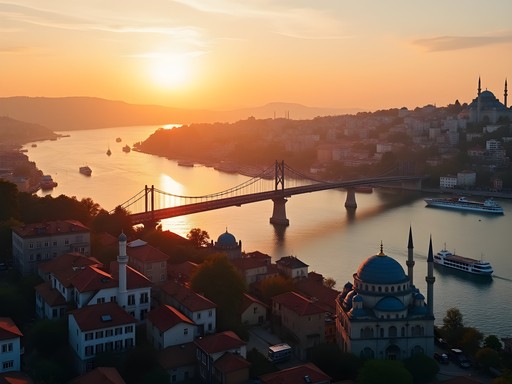
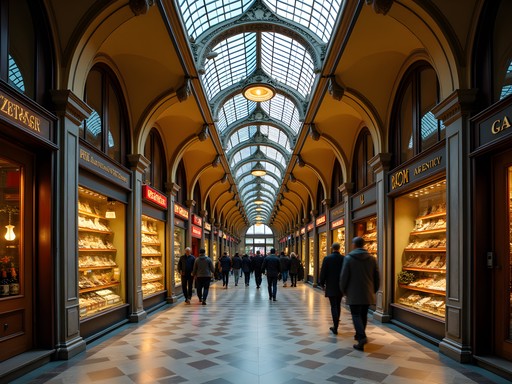


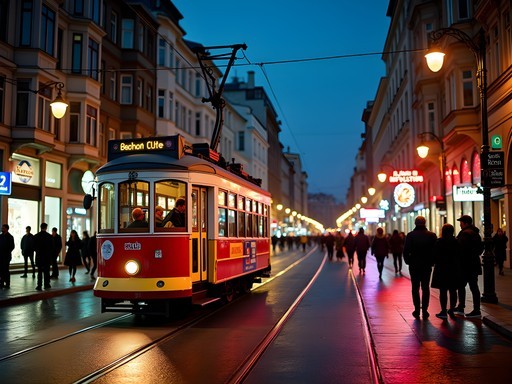
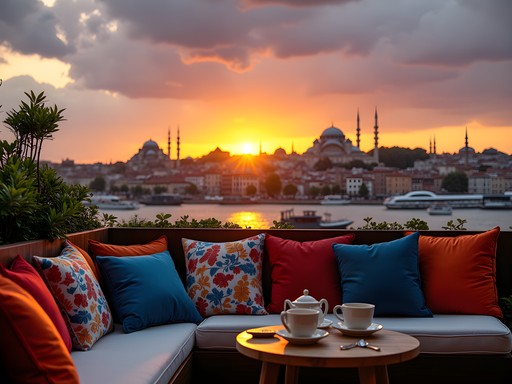
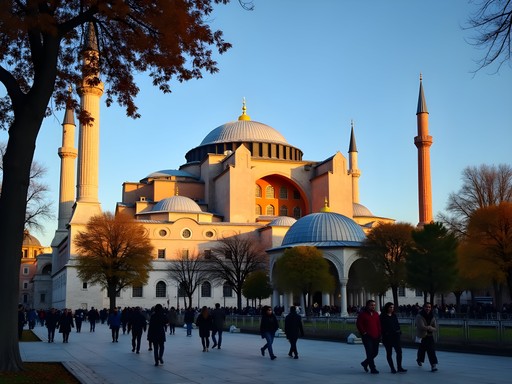





Comments
blueseeker
That drone shot of the Bosphorus with both bridges in view is incredible! I've been to Istanbul twice and never seen it from that perspective. Did you need special permission for flying the drone? I'm planning to bring mine on my next trip but worried about regulations.
Claire McDonald
Thank you! Yes, I had to get permits in advance and there are many no-fly zones around major landmarks. Worth checking the latest rules before you go as they change frequently!
Nicole Russell
Claire, your post is making me want to book a flight back to Istanbul immediately! For anyone planning to visit the Basilica Cistern that Claire mentioned, go early in the morning (like 8:30am when it opens) to avoid the crowds. It's such a mystical experience when it's quiet. Also, if you're in Karaköy, there's this amazing baklava shop called Karaköy Güllüoğlu that's been around since 1949 - their pistachio baklava is life-changing!
luckyfan
Going to Istanbul next month! How safe is it to wander around Balat on your own?
Nicole Russell
I explored Balat solo last year and felt completely safe! Just use normal city awareness. Locals were super helpful when I got lost. The hills are steep though, wear good shoes!
luckyfan
Thanks Nicole! That's reassuring. Can't wait to see those colorful buildings!
Sophia Gomez
Claire, your post brought back so many memories! I was in Istanbul for a business trip last year and had an extra day to explore. My Turkish colleague took me to Balat and it was like stepping into another world. We visited this amazing antique shop where the owner served us apple tea while showing us old Ottoman artifacts. The contrast between the tech hub in Karaköy and these ancient neighborhoods really shows Istanbul's fascinating duality. Did you try the street food in Balat? There was this one place making gözleme that I still dream about!
luckyfan
That apple tea hospitality is so Turkish! I got invited for tea at least 5 times when I was there. Such friendly people.
smartway
Wow those colors in Balat! Adding to my bucket list!
redguy
Just got back from Istanbul last month and spent a whole day in Fener & Balat! Such an incredible area with way fewer tourists than Sultanahmet. We found this tiny coffee shop run by an old Turkish man who made the best Turkish coffee I've ever had. The Basilica Cistern was mind-blowing too - those upside-down Medusa heads are so mysterious! Did you check out any of the rooftop bars in Karaköy? The views across to Sultanahmet are unreal at sunset.
photolegend8490
Your drone shots of Istanbul are absolutely stunning! I was there last summer and completely missed Balat - kicking myself now after seeing those colorful Ottoman houses. Did you have any issues with drone regulations in the city? I've heard they can be pretty strict around historical sites.
Claire McDonald
Thanks! Drone regulations are definitely strict - I got special permission for some shots and stayed far from major tourist sites. Always had my drone permit card with me just in case. Balat is absolutely worth a visit next time!
photolegend8490
Good to know! Definitely adding Balat to my list for next time. Those colors are incredible.
islandtime
Just got back from Istanbul last week and spent a whole day in Karaköy! That area has such cool vibes - all these old hardware stores next to hipster cafes and tech startups. We found this amazing breakfast place called Namli Gurme where they serve traditional Turkish breakfast with like 20 different small plates. The contrast between old and new in Istanbul is what makes it so special. Claire's right about getting off the tourist track - the best experiences we had were just wandering around these neighborhoods and getting lost. The locals were so friendly even with the language barrier!
Bryce Diaz
Namli Gurme is fantastic! Did you try their kaymak with honey? Absolute heaven.
coolone3720
How deep is that cistern place? Looks creepy!
summerzone
It's about 9 meters deep! Used to hold 80,000 cubic meters of water back in Byzantine times. Super atmospheric with the columns reflected in the water.
Bryce Diaz
Claire, your drone footage is spectacular! For anyone planning to capture aerial shots in Istanbul, just a heads-up that you need to register with the Turkish civil aviation authority beforehand. I learned this the hard way last year when my DJI Mini 3 Pro almost got confiscated! The rooftop spots in Eminönü are perfect for sunset timelapses even without a drone though. The contrast between the ancient minarets and modern skyline is something else. Balat has changed so much in the last five years - it's getting more touristy but still has authentic charm if you wander away from the main streets.
Venture X
Premium card with 2X miles, $300 travel credit, Priority Pass